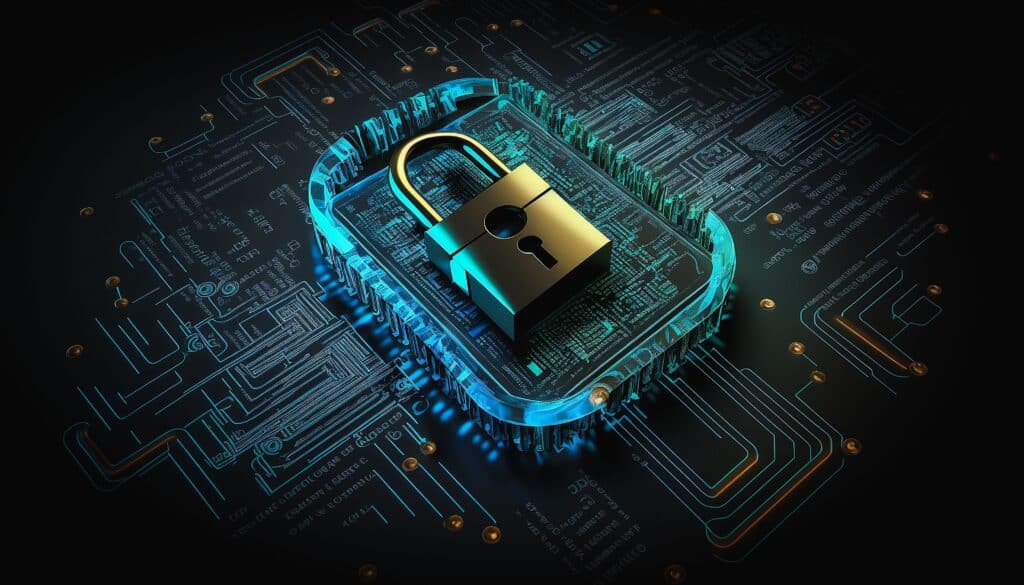Quantum computing and hybrid attacks are among the main threats for 2025, according to a consulting firm’s report
The technology and engineering consultancy Ayesa has published its predictions report on cybersecurityCybersecurity solutions are essential in the digital age for 2025, highlighting a landscape marked by the increasing use of artificial intelligence (AI) to enhance the effectiveness of cyberattacks. This technological advancement includes the use of tools like deep learning and generative systems, promising to create more sophisticated deception tactics, such as deepfakes capable of simulating images, texts, and voices with high precision.
According to Álvaro Fraile, director of Cybersecurity at Ayesa, “cybercriminals will adopt faster and more accurate models, increasing the damage and effectiveness of their attacks. To counter this threat, organizations will need to incorporate AI-based detection solutions that analyze patterns and anticipate the attacker’s moves.”
Ransomware and critical supply chains in the crosshairs
Ransomware will continue to be one of the greatest concerns for organizations in 2025. Cybercriminals will focus their attacks on critical supply chains, employing advanced techniques aimed at interrupting essential operations. Furthermore, Fraile warns about the risk of attacks targeting software and hardware providers to introduce vulnerabilities into their products, which expands the reach and impact of cyberattacks.
Among these threats, deepfakes will play a crucial role in identity manipulation to access restricted systems, a tactic that combines visual and auditory deception with social engineering.
Quantum computing: the end of traditional encryption?
Quantum computing, although still in its early stages of development, poses a significant threat as it has the potential to break current encryption methods. According to Ayesa, advancements in cryptographic algorithms resistant to this emerging technology are expected by 2025, along with updates to security protocols in key sectors such as banking, e-commerce, and telecommunications.
Fraile emphasizes that “the coming years will be crucial for developing cryptography resistant to quantum computing, thereby ensuring the security of sensitive data.”
Hybrid attacks and industrial espionage: the new paradigm of cybercrime
The report also highlights the growing trend of hybrid attacks, which combine physical sabotage with coordinated cyberattacks. This model presents a significant challenge, as it impacts not only digital systems but also critical physical infrastructures.
Industrial espionage will be another rising threat, with cybercriminals seeking to steal trade and technology secrets to gain competitive advantages.
Regulations and security culture as pillars of protection
The evolution of cybercrime into a highly organized business model demands stricter regulations and minimum security standards to strengthen companies’ defenses. Ayesa points to the need to incorporate cybersecurity as a central element of business strategies.
“Organizations must adopt proactive approaches, conduct predictive analyses, and run attack simulations, in addition to investing in ongoing employee training,” explains Fraile.
Collaboration and talent development in cybersecurity
Given the shortage of specialized cybersecurity professionals, Ayesa advocates for public-private collaboration to cultivate talent in this field. Fraile reiterates that “promoting a security culture at all levels of the organization is key to ensuring competitiveness and resilience.”
A call to action
Ayesa insists that the only way to confront these threats is through a comprehensive strategy that combines advanced technology, continuous training, and cooperation across sectors. Prevention and rapid response capabilities will be essential to maintain operational capabilities and protect critical assets of organizations in an increasingly complex digital environment.
According to Ayesa, cybersecurity is not just a technical challenge, but a fundamental element for ensuring sustainability and development in the digital world.
via: Parke

